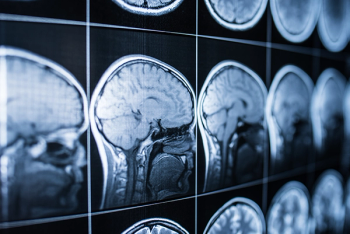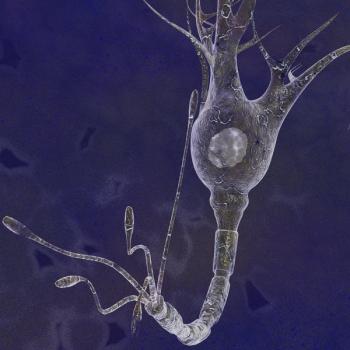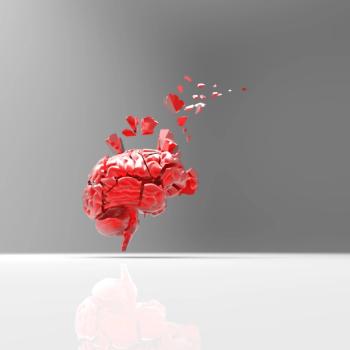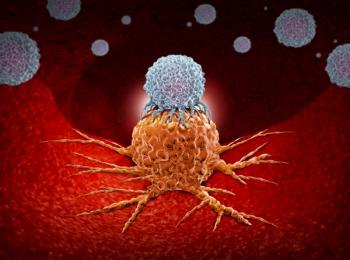
Hearing loss before the development of language has a major impact on communication, identity, and social development, as well as how mental health symptoms present.

Hearing loss before the development of language has a major impact on communication, identity, and social development, as well as how mental health symptoms present.

Pharmacogenetic testing can provide helpful guidance in the choice of treatment and should be interpreted as a decision-support tool to assist in thoughtful implementation of good clinical care.

Anxiety disorders are highly prevalent in the general population, particularly in those with medical illnesses such as diabetes.

These thumbnail sketches of the articles in this Special Report produce an impressionistic sketch of the meaning of the word complicated in psychiatric practice.

By building a practice model that we enjoy, it enhances our ability to “cure sometimes, treat often, and comfort always.”

People-staff and patients both-confide secrets to strangers. We all need to unburden in a way that won’t come back to bite us.

The challenges of using social media can be as numerous as the benefits.

The Internet has transformed the way we get information. It is no surprise that finding health information online is a common activity.

This Special Report addresses several specific areas of concern that are of importance to psychiatrists: Can depression be prevented after traumatic brain injury? What are the risks? Are there special issues involved in treatment?

Traumatic brain injury (TBI) is a public health epidemic. Psychiatric symptoms after TBI are not just common, but also troublesome.

The association between traumatic brain injury and negative psychiatric outcomes has a relatively long history. A review of the current state of the science and strategies for intervention.

Across all age groups, an estimated 5.3 million Americans are living with a TBI-related disability. Many of these individuals will live to be older adults.

The chronic and relapsing course of TBI-associated depression poses a challenge to the management of afflicted patients.


With the prevalence of schizophrenia in older adults set to double and reach 1.1 million people in the US by 2025, greater attention to research and policy regarding this population is needed.


Peter F. Buckley, MD introduces part 1 of our Special Report on schizophrenia.

Two compelling case reports provide additional evidence for potential mechanistic associations between the immune system and schizophrenia.

Antipsychotic drugs are the cornerstone in the management of psychotic disorders, but most patients fail to have a “good” response in short-term trials. Alternative strategies are presented here.

The incidence of suicidal ideation and self-harm behavior increases rapidly during adolescence and represents a period of heightened suicide risk.

Finding meaning helps to reframe the experiences of our own lives, not as events to hide in shame or guilt, but as experiences that made us physicians we are today.

Although psychiatrists may be better trained to treat suicidal patients, most patients with suicidal ideation are receiving care outside of specialty psychiatric settings and can benefit from interventions in primary care.

More than a slogan, the zero suicide approach applies evidence about what works in the detection, treatment, and management of individuals with intense suicidality.

Determining how to ensure delivery of excellent care while balancing medicolegal demands may seem to be an impossible task. When done in a collaborative way, safety planning can help the clinician better understand risk and targets for intervention.

Even while attitudes are opening up about mental health and suicide prevention, the rate of suicide continues to rise in the United States.

In the wake of the unfortunate passing of several high-profile individuals, media headlines illustrate a challenge regarding how best to speak and write about suicidal self-directed violence.

Combining clinical wisdom, skill, and knowledge may allow us to shift the trend toward increasing suicide rates and provide care that helps youths build lives they want to live.

This article provides a brief synopsis of the research regarding the use of psychotherapy to manage suicidal behavior, followed by several examples of strategies that such treatment employs.

This Special Report offers insight into gender vulnerabilities and clinical implications in areas like schizophrenia, Alzheimer dementia, and anxiety disorders.

A deep dive into how schizophrenia affects men versus women.